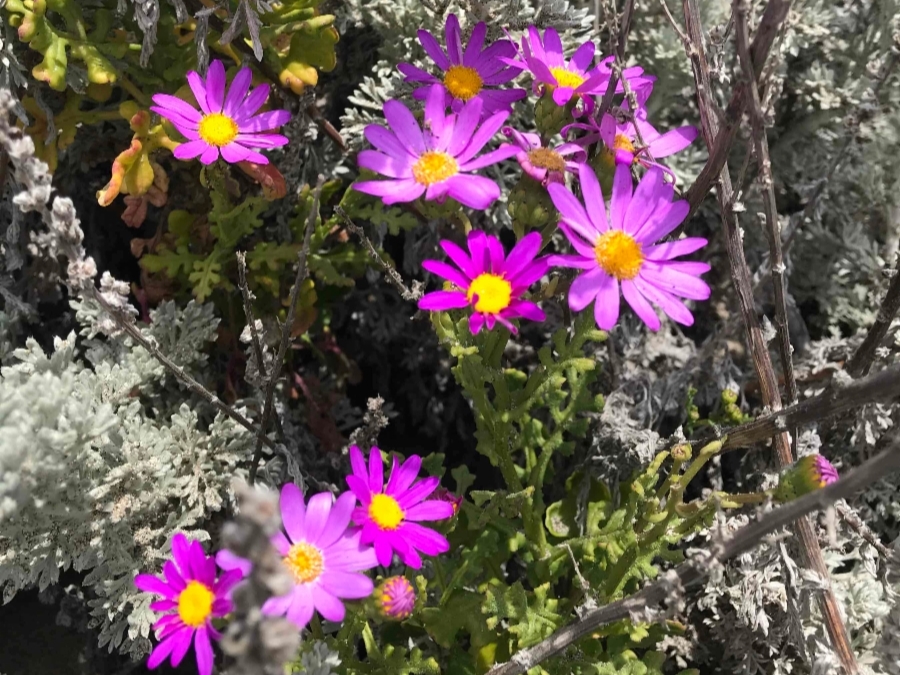Created on: Wednesday, Oct 13th, 2021
Website references accessed:
Gbif: https://www.gbif.org/species/7819589, accessed 14 Oct 2021.
Calflora: https://www.calflora.org/app/taxon?crn=7487, accessed 14 Oct 2021
Weeds of Australia: https://keyserver.lucidcentral.org/weeds/data/media/Html/senecio_elegans.htm, accessed 14 Oct 2021
Cal-IPC Inventory: http://https://www.cal-ipc.org/plants/inventory/, accessed 14 Oct 2021
iNaturalist: https://www.inaturalist.org/observations?captive=false&place_id=any&quality_grade=research&subview=map&taxon_id=79044&verifiable=any, accessed 14 Oct 2021
Colorado State University Guide to Poisonous Plants: https://csuvth.colostate.edu/poisonous_plants/Plants/Details/41, accessed 14 Oct 2021
- < 13 : Low Potential Risk
- 13 - 15 : Moderate Potential Risk
- > 15 : High Potential Risk

